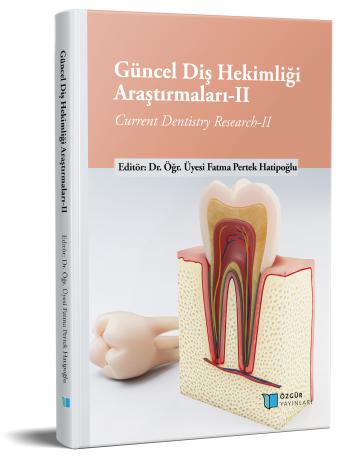
Döner Eğelerde Performans ve Dayanıklılığı Artırmaya Yönelik İşlemler
Şu kitabın bölümü:
Pertek Hatipoğlu,
F.
(ed.)
2023.
Güncel Diş Hekimliği Araştırmaları- II.
Özet
Nikel-Titanyum (NiTi) kök kanal aletlerinin geçmişten günümüze geliştirilmesiyle endodontik tedavilerin süresi kısalmış ve komplikasyonların sıklığı azalmıştır. NiTi aletler paslanmaz çelik enstrümanlarla karşılaştırıldığında, şekil hafızası ve süperelastisite özellikleri aletin kırılma riskini büyük oranda azaltır. Endodontik eğelerinin yapımı için kullanılan NiTi alaşımların ağırlıkça %56’sı nikelden, %44’ü titanyumdan meydana gelmektedir. Üretilen bu alaşım tuza dayanıklı, su geçirmeyen ve manyetik olmayan bir alaşımdır. NiTi alaşımlar yapılarındaki elementlerin oranına bağlı olarak martensit ve östenit adı verilen iki farklı kristal yapı sergiler. Alaşımın östenit ve martensit yapılar arasındaki geçişi stres ve ısıya bağlı olarak meydana gelir. Alaşım martensit yapıdayken yumuşak ve kolayca deforme olabilecek bir haldedir, östenit yapı ise sert ve güçlü bir haldir. NiTi aletlerin yüzey özellikleri geliştirilerek esneklik, kesme etkinliğini ve döngüsel yorgunluk dayanımı arttırılmak istenmiştir. Böylece şekillendirme sonucu görülebilecek iyatrojenik hataların, komplikasyonların, apikal bölgeye taşan debris miktarının azalması ve tedavinin daha hızlı bir şekilde bitirilmesi gibi avantajlar elde edilmiştir.

